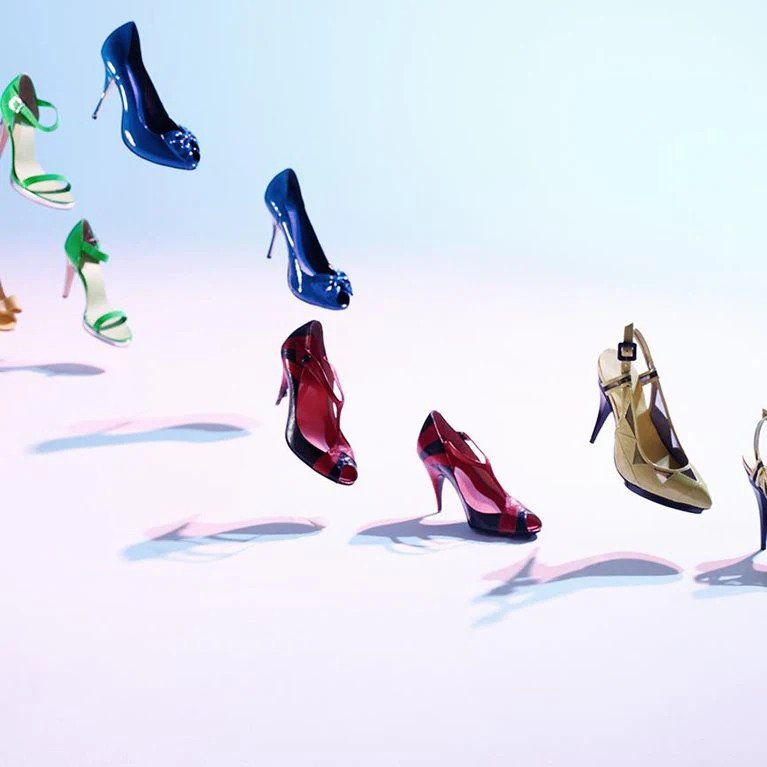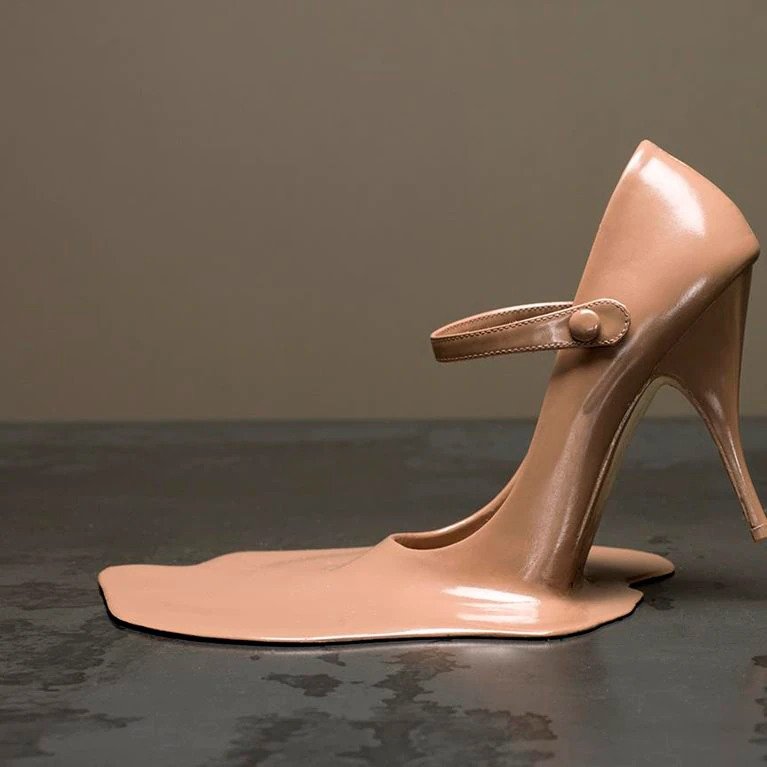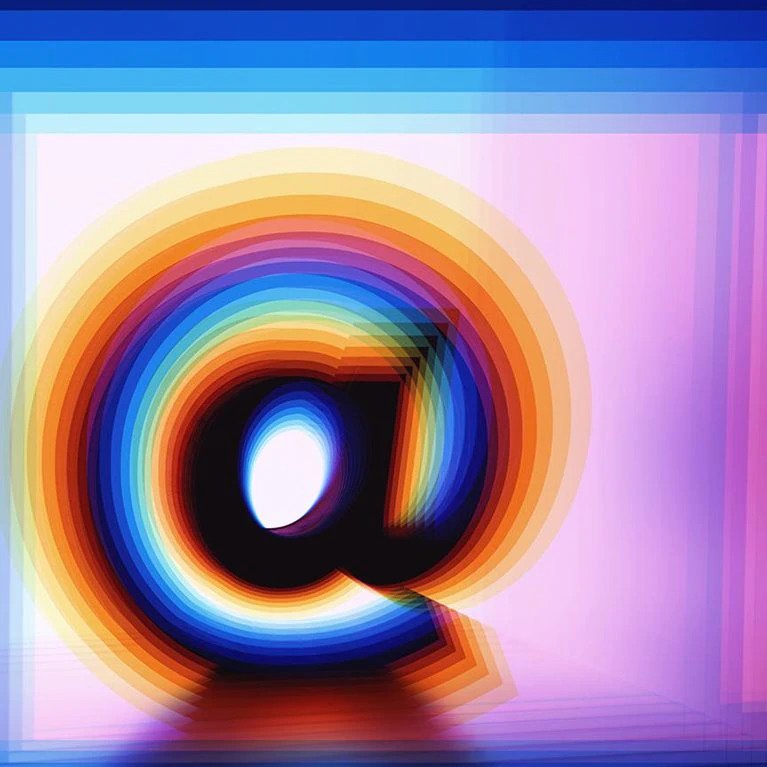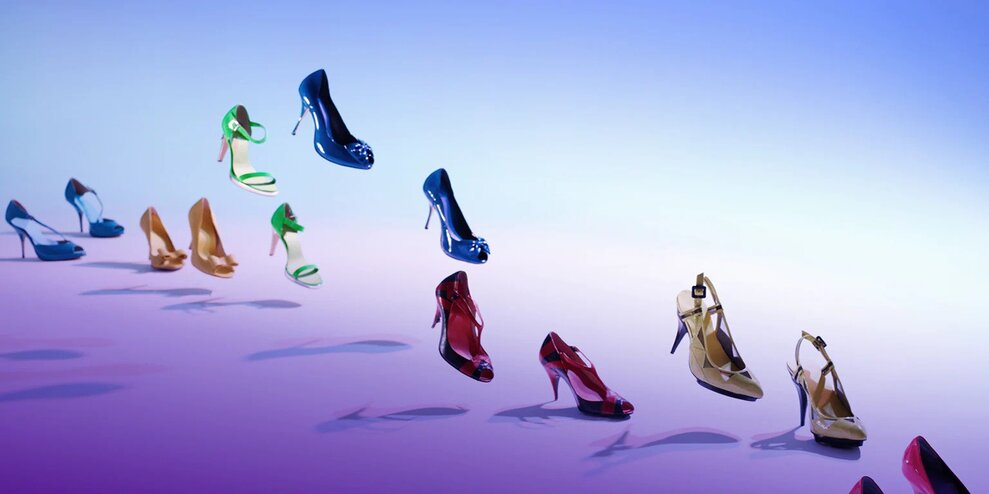Shoppers, particularly those in Gen Z, are spending more time online and exploring the possibilities of the metaverse. Here’s what fashion and luxury players need to know about this emerging frontier.
There’s a lot of buzz surrounding the metaverse—which could be loosely defined as hyper-interactive, creative digital environments where people work, play, socialize, and shop. While the metaverse itself remains in its infancy, there’s plenty of interest in its potential. For brands, and for the broader fashion industry, it could well offer new opportunities to engage Gen Z and other tech-savvy, young consumers.
What do they need to know to tap in? And what role will nonfungible tokens (NFTs), gaming, and virtual fashion play in the future of shopping?
These questions are the focus of one chapter from The State of Fashion 2022, the latest industry report from McKinsey, in partnership with the Business of Fashion (BoF). Scroll on for insight on some of the most important findings about the metaverse mindset—and how it can offer fresh routes to creativity, community building, and commerce.

Interactive, creative digital spaces are a natural evolution of how people use technology, and they reflect the ever-growing amount of time consumers spend online. Gen Z spent an average of eight hours per day on screens in 2020.

Personal expression is important to Gen Z, and fashion is one of the top three categories on which Zers seek to splurge or treat themselves. Does that carry over into the digital realm?

It could. “There are more and more ‘second worlds’ where you can express yourself,” says Gucci chief marketing officer Robert Triefus. “[But] there is probably an underestimation of the value being attached to individuals who want to express themselves in a virtual world with a virtual product, [through]a virtual persona.”

His company made forays into the space with its Gucci Garden in the Roblox gaming metaverse—and saw 19 million visitors to it. Other fashion players are eyeing the $176 billion gaming industry, which attracts more than three billion players globally each year, especially given the appeal of engaging with and building communities in games and other virtual worlds.

Indeed, gaming is increasingly an extension of the real world, and with the pandemic supercharging participation, it has become a prime target for fashion brands. Ralph Lauren, for instance, partnered with South Korean social network app Zepeto to create a virtual fashion collection where users could dress their avatars in exclusive products or appearance-altering “skins.”

For some consumers, digital fashion is a natural extension of applying social media filters on platforms such as Instagram and Snapchat, says Simon Windsor, cofounder and joint managing director at Dimension Studio, an agency that worked with Balenciaga on its video game. “We’re just at the tipping point of this new era.… It starts to change the meaning of fashion itself.”

Artificial intelligence and augmented reality could open up opportunities for new business models that leverage virtual fashion. Technology that allows for 360-degree views has already been used to present seasonal collections through online showrooms, and avatars of models have walked 3-D virtual runways.

Nonfungible tokens, or NFTs, are one aspect of virtual environments that have seen an explosion of interest. NFTs are unique crypto assets whose authenticity and ownership are verified on blockchains and are bought, sold, and exchanged in the metaverse, often with cryptocurrency. In 2021, an NFT created by digital artist Mike Winkelmann—also known as Beeple—was sold at Christie’s auction house for a record-breaking $69.3 million.

Proponents argue that NFTs are potentially revolutionary: “This is fundamentally going to change digital ownership, creative structures, the creative economy, how we view money even,” said Karinna Nobbs, co-chief executive and chief experience officer of NFT marketplace The Dematerialised. “This is bigger than the internet.”

For the fashion world, NFTs can be used to authenticate products or serve as collectible pieces in their own right. And in the past year, there was a wave of engagement, particularly among luxury players and via the gaming universe. Louis Vuitton launched a video game with collectible NFTs, partially designed by Beeple, for its 200th anniversary.

With no shortage of marketing hype, there are indications that digital fashion assets can generate significant revenue streams. Still, monetization opportunities are likely to be contingent on the psychology of scarcity and limited editions driving NFT mania—together with the security of authentication and the potential for community building that they provide.

There’s also reason to exercise caution, with an eye to the environmental impact of the blockchain technologies that underlie NFTs, as well as cybersecurity concerns. For instance, a cyberattack on the artist Banksy’s website caused a collector to pay upward of $330,000 for a counterfeit NFT.

At a minimum, fashion’s foray into the metaverse suggests promising new routes for consumer engagement. And while no one can predict exactly how this rapidly growing digital universe will shape up, the opportunities it presents are exciting—for luxury brands, retailers, and consumers themselves.
Download The State of Fashion 2022, the full report on which this article is based (PDF–14MB), or read more about the fashion industry’s 2022 prospects here.
—
This article first appeared in https://www.mckinsey.com
Seeking to build and grow your brand using the force of consumer insight, strategic foresight, creative disruption and technology prowess? Talk to us at +971 50 6254340 or engage@groupisd.com or visit www.groupisd.com/story




